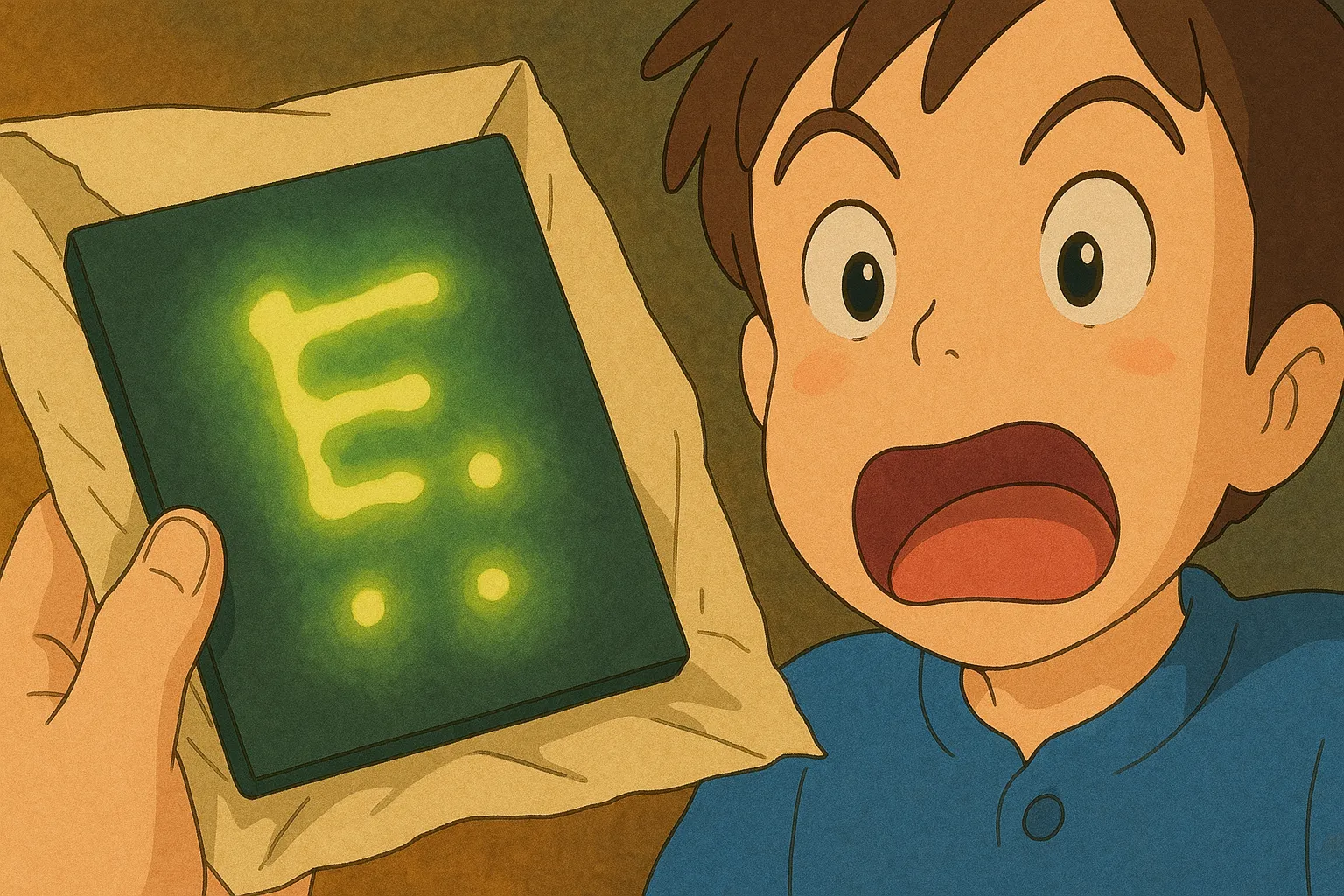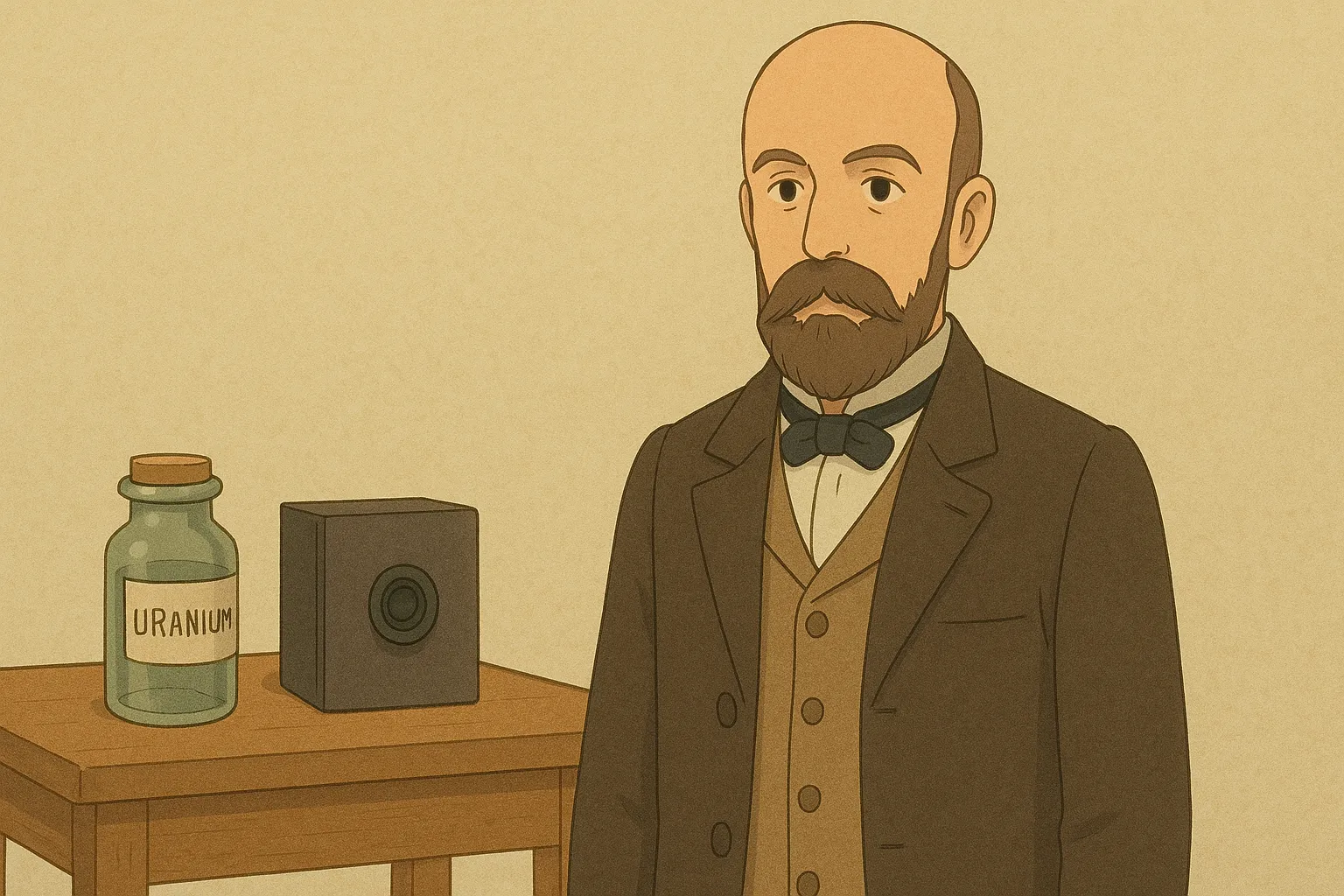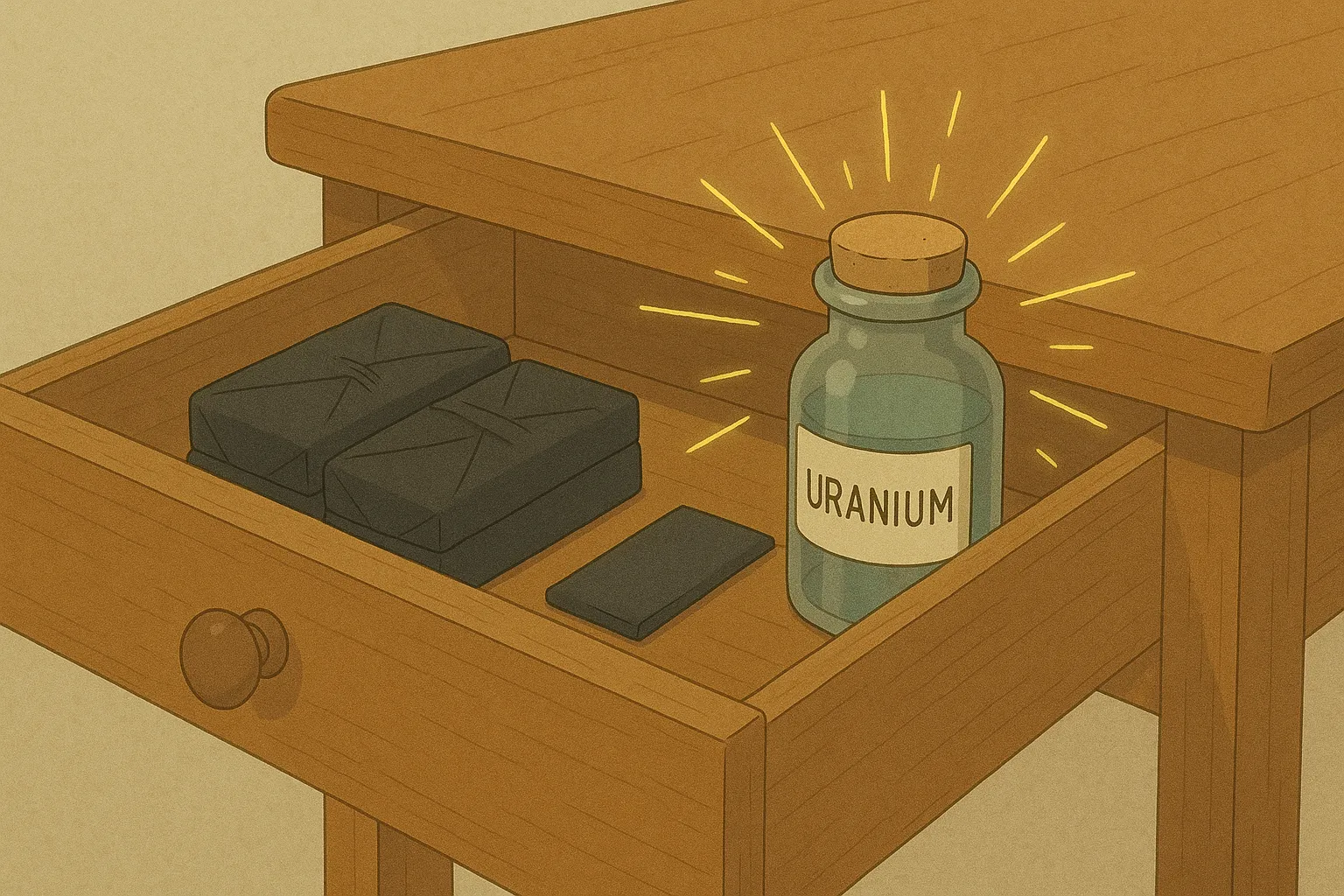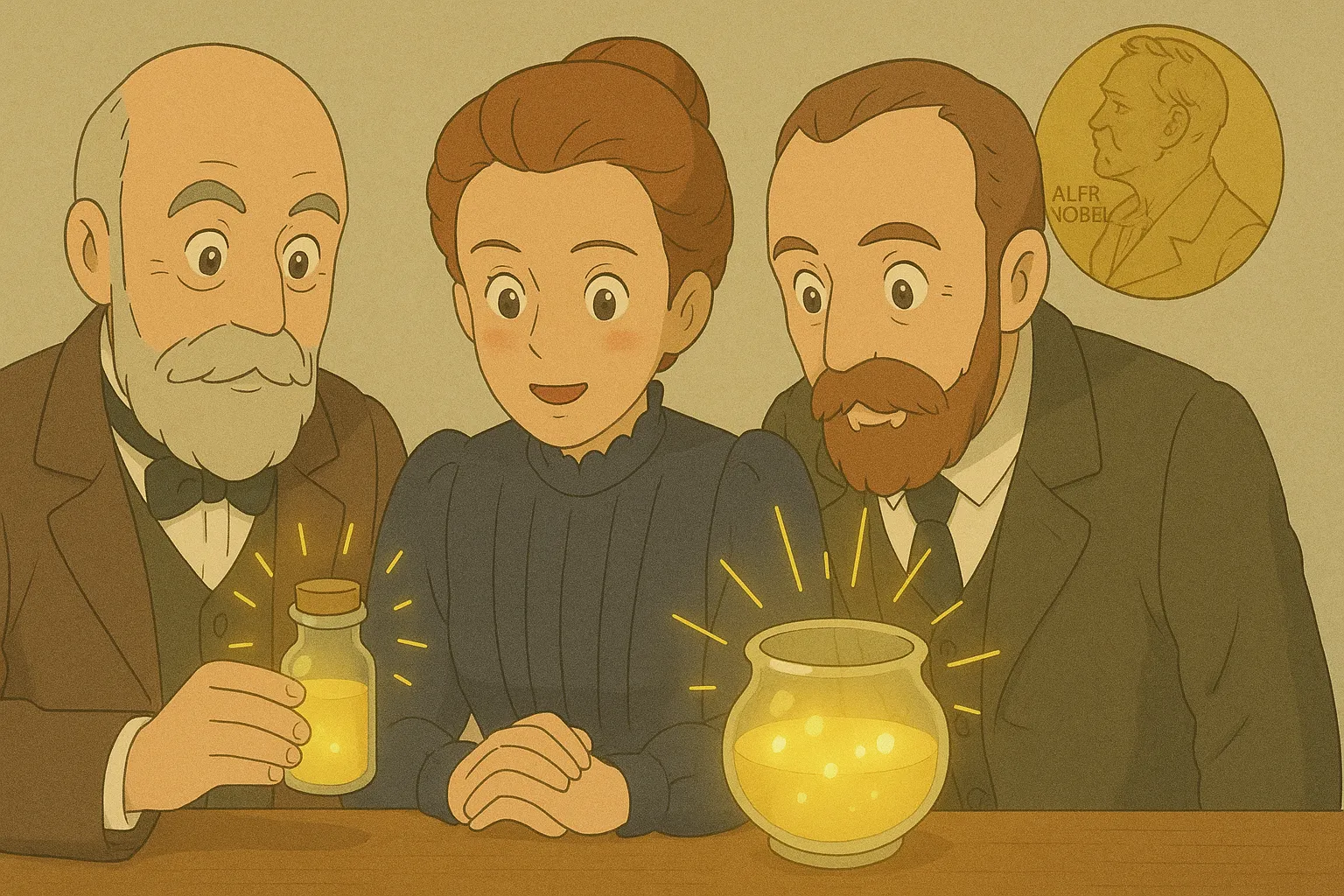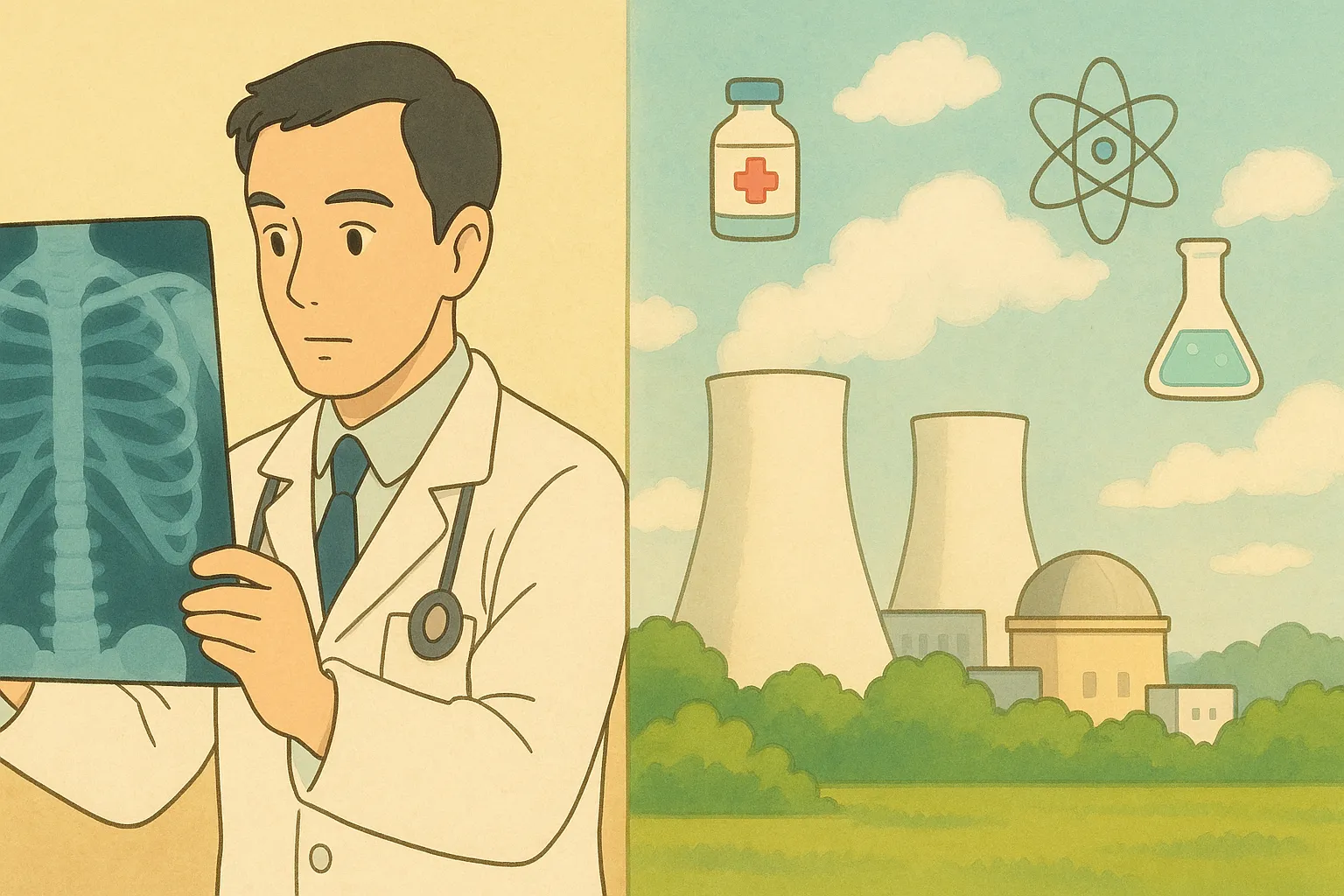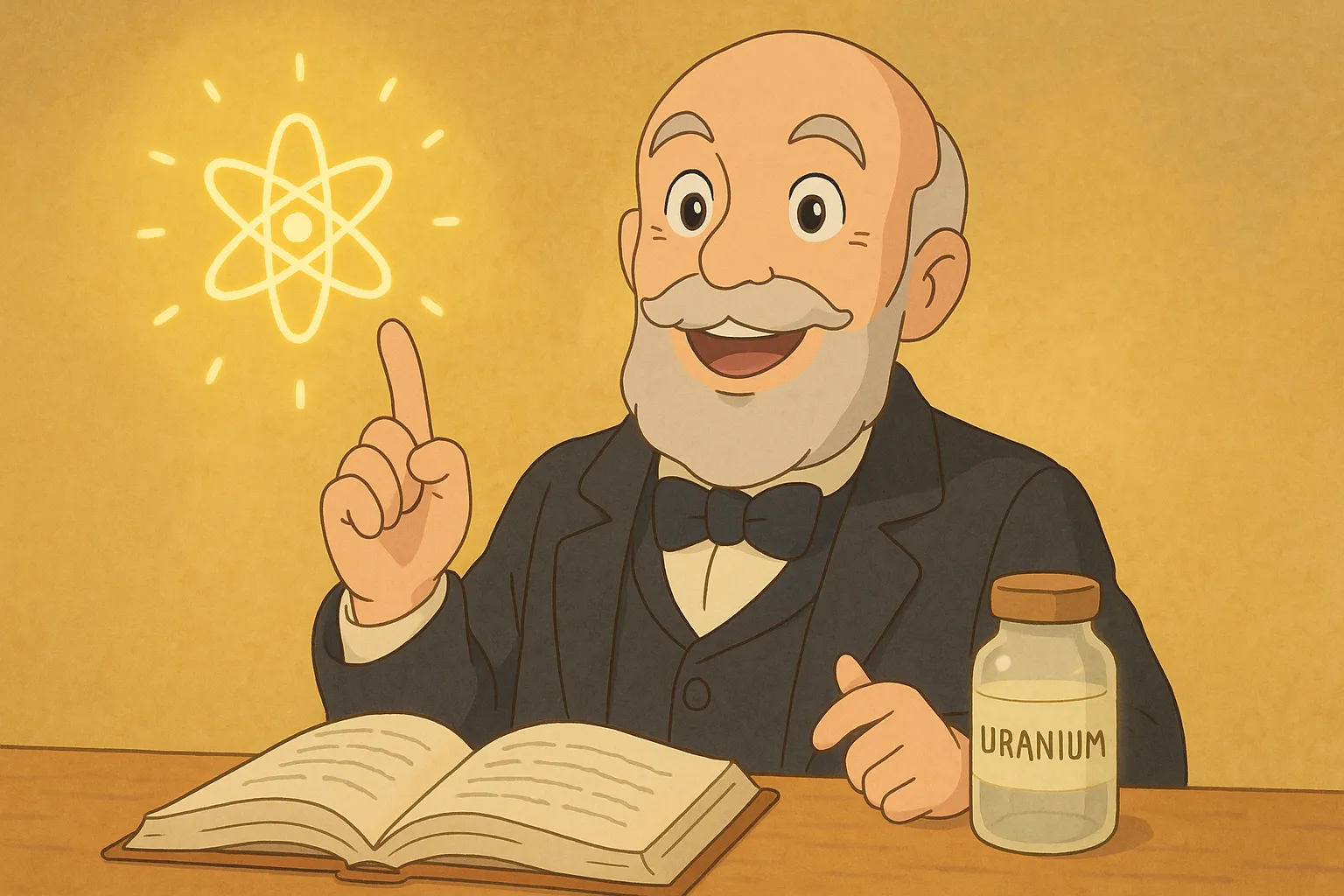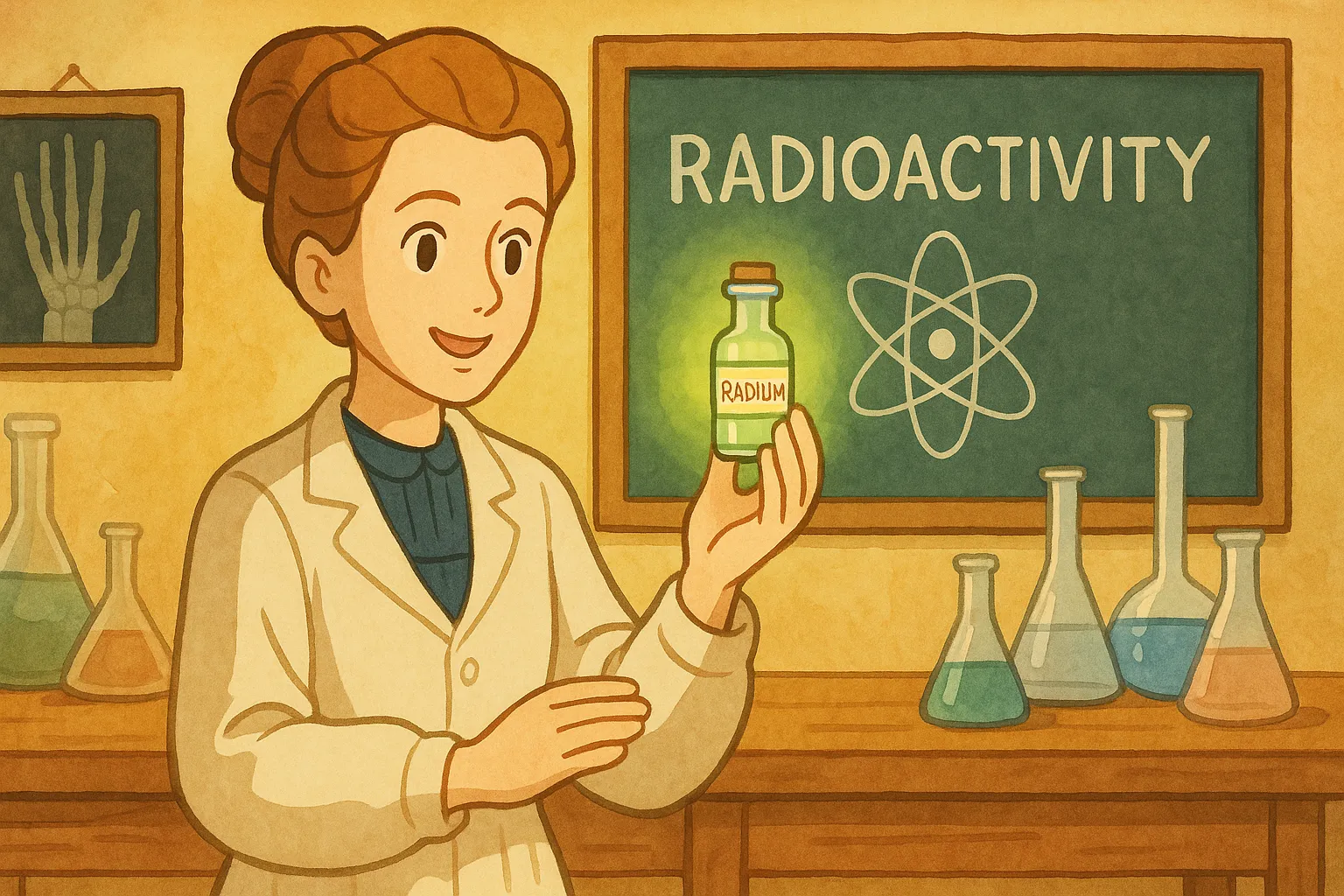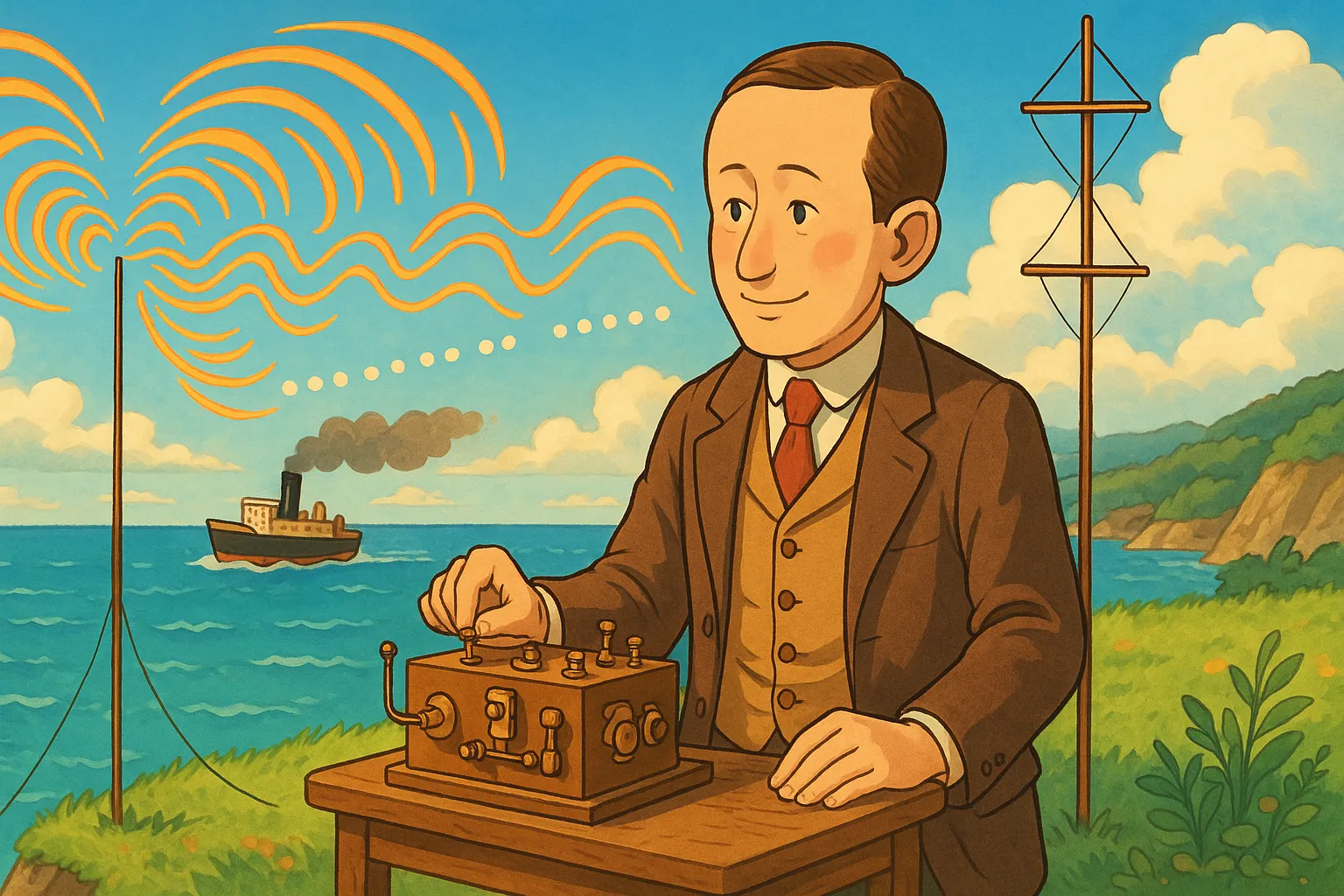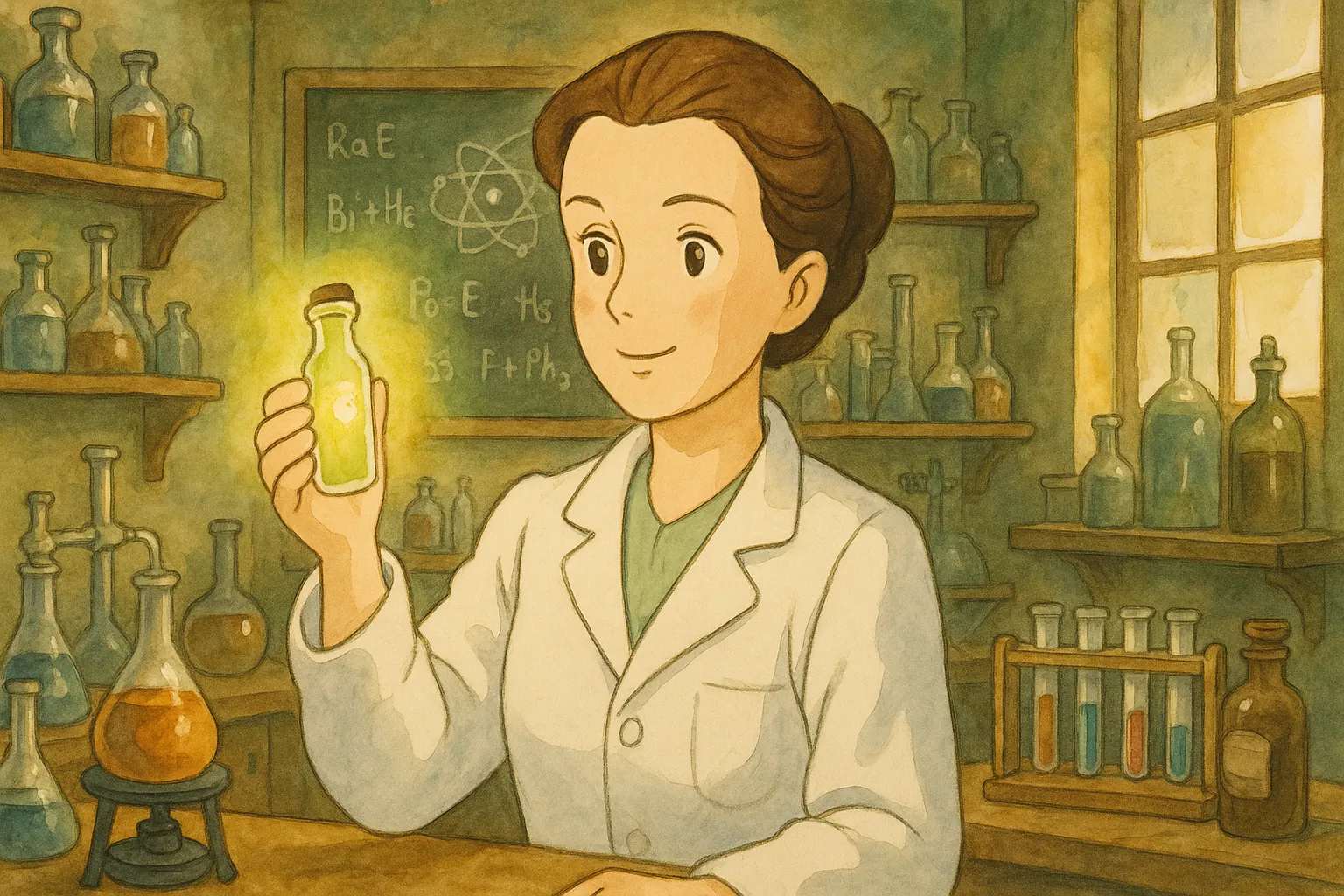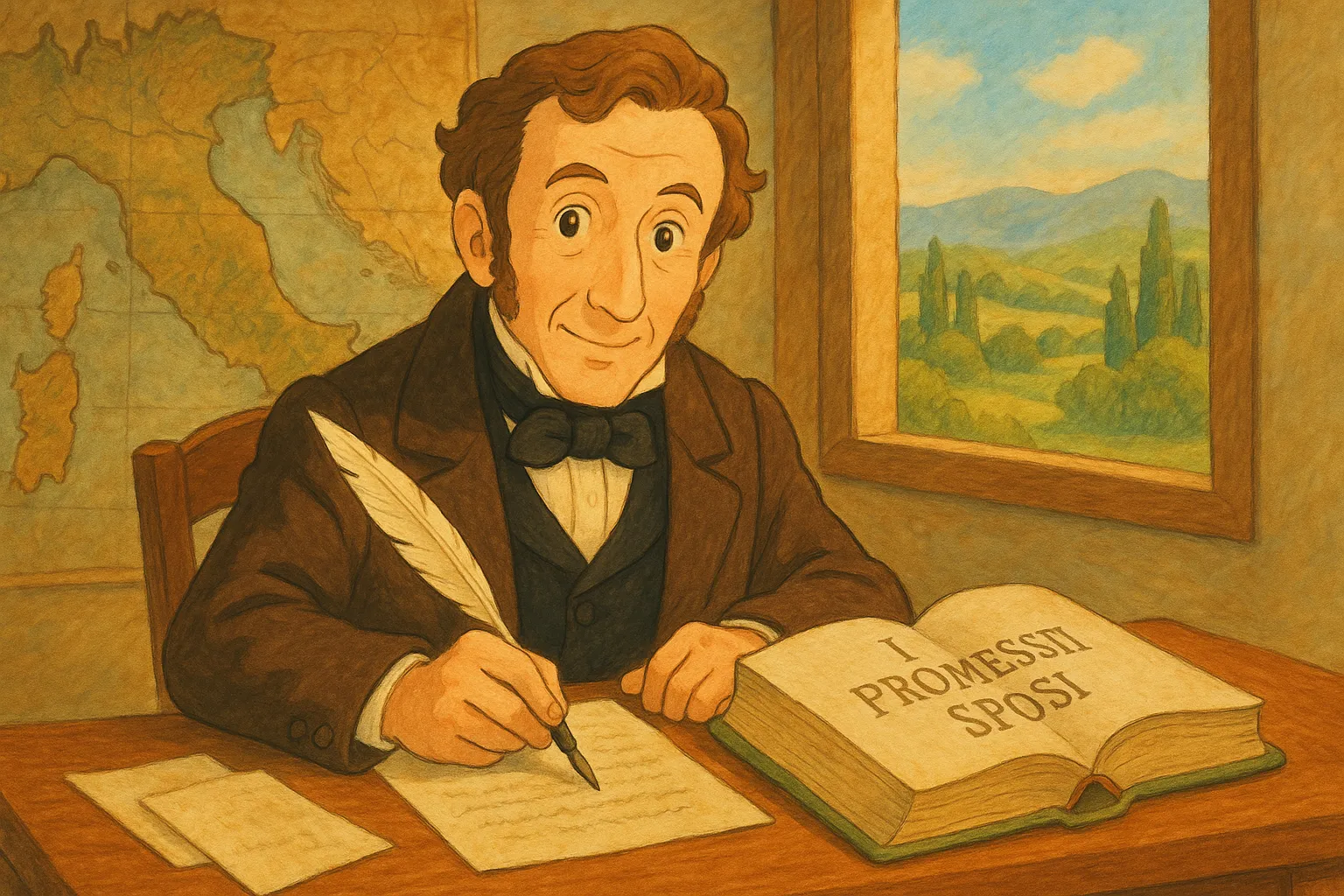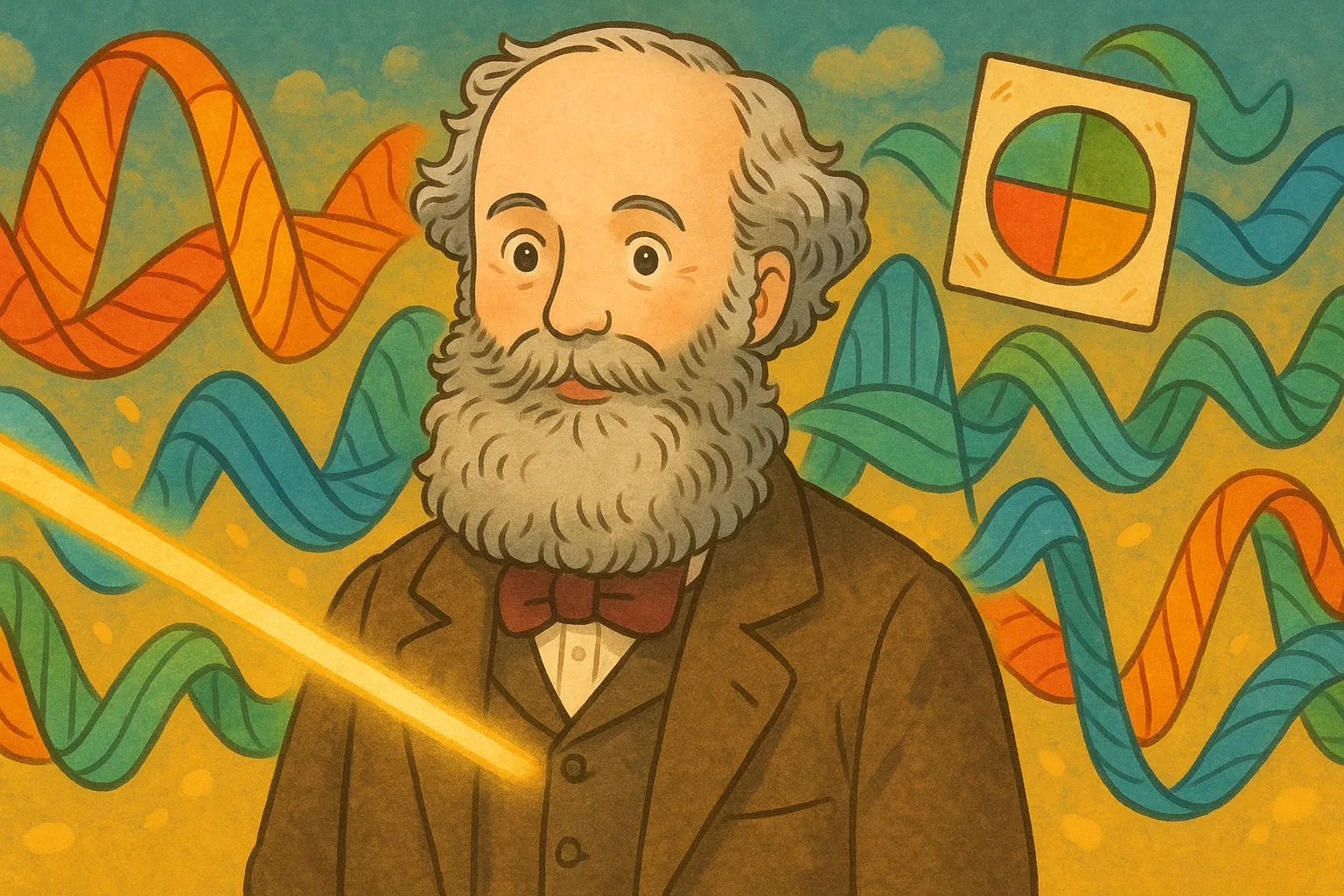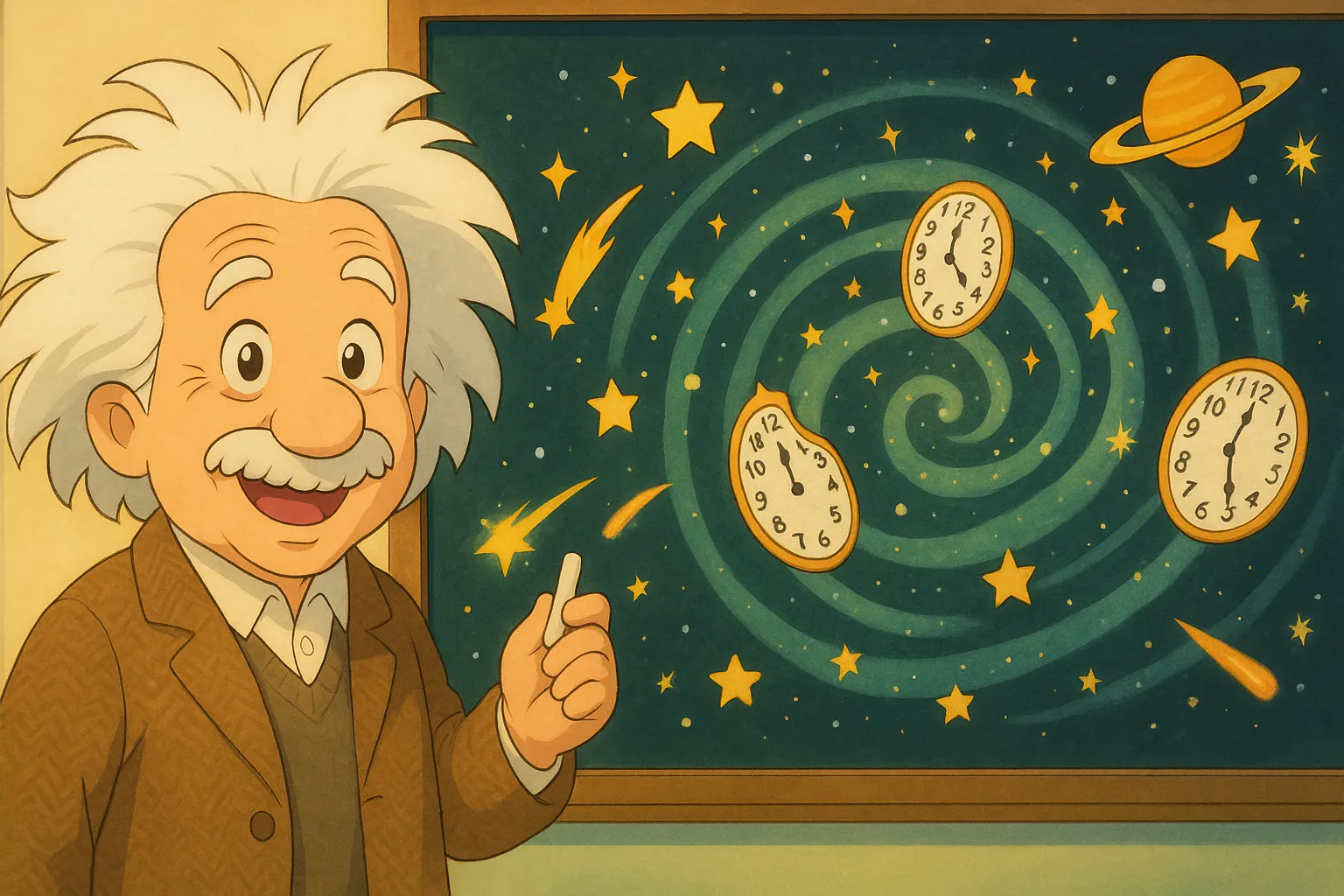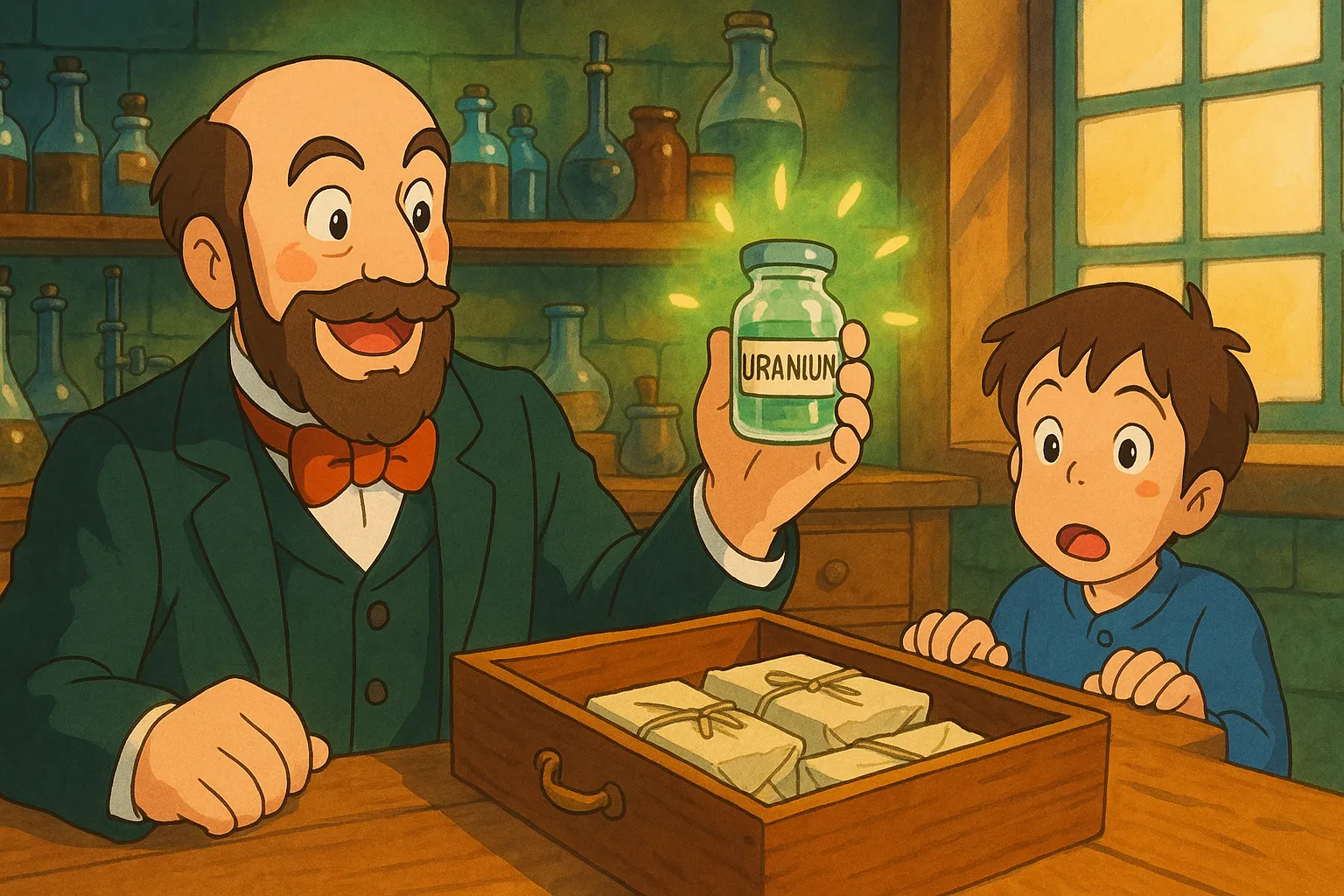
Frequently Asked Questions
What exactly did Becquerel discover?
He discovered that some materials (like uranium) give off invisible radiation all by themselves, a phenomenon called radioactivity.
When did he make the discovery?
Becquerel discovered natural radioactivity in 1896.
Did he win any awards?
Yes. He shared the 1903 Nobel Prize in Physics with Marie and Pierre Curie.
Why is the unit 'becquerel' named after him?
The becquerel measures radioactivity and honors his role in discovering the phenomenon.
